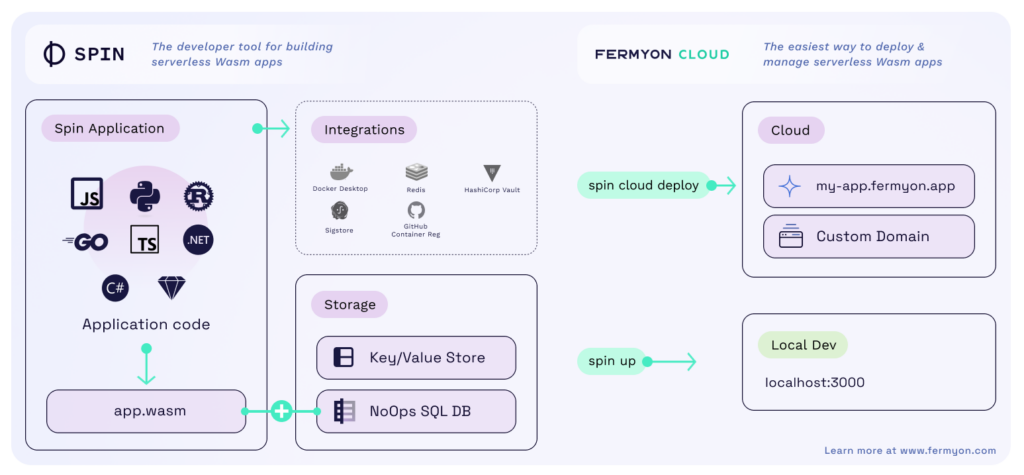Fermyon Adds SQL Database to Wasm Cloud Platform
Fermyon Technologies has added a SQL database to its cloud platform for building and deploying WebAssembly (Wasm) applications.
The offering, currently available in beta, is based on a SQLite database engine developed by Turso that has been added to the Fermyon Cloud service.
Fermyon CEO Matt Butcher said this capability would eliminate the need for developers to configure and manage local instances of databases to build Wasm applications on a PC.
The Fermyon Cloud provides access to a serverless computing environment using Fermyon Spin, a tool the company created to make it simpler to build microservices and web applications based on Wasm. The company is now also making it possible to add custom domain names to applications deployed on its platform-as-a-service (PaaS) environment.
Wasm was originally developed more than five years ago by the World Wide Web Consortium (W3C) to create a common format for browsers executing JavaScript code. Wasm is now used to rapidly build lighter-weight applications that can be deployed on any platform.
Wasm also provides an alternative approach to application security. Existing approaches to building applications rely on aggregating software components that tend to lack distinct boundaries between them. As a result, it becomes relatively simple for malware to infect all the components of an application. In contrast, Wasm code runs in a sandboxed environment that isolates execution environments to eliminate the ability of malware to laterally move across an application environment.
Fermyon Cloud provides a platform for building lightweight applications that previously might have been deployed on a serverless computing framework. The issue developers encounter when using a serverless computing framework is that those frameworks are based on containers with significantly slower startup times that can adversely impact application performance.
The challenge, of course, is convincing developers to embrace a new type of software artifact. Most developers naturally prefer to work in a familiar application environment, and the nuances of Wasm can be challenging to master. However, the degree to which Wasm changes the economics of application development may eventually drive more organizations to standardize. In effect, this would require developers to embrace it more widely. In addition, the rise of generative artificial intelligence (AI) might soon make it easier for developers to embrace new programming models simply because the time and effort they’d need to write code would be sharply reduced.
It remains to be seen how much traction Wasm gains in the months ahead, but DevOps teams should get ready for more Wasm code to move through continuous integration/continuous delivery (CI/CD) pipelines. The challenge, of course, is that code will need to be managed alongside all the other software artifacts moving through pipelines that are already becoming too complex to effectively manage.
One way or another, Wasm code will find its way into enterprise computing environments. The issue is determining what types of use cases Wasm is best suited for alongside the dizzying array of other programming models already used to build similar types of applications.



